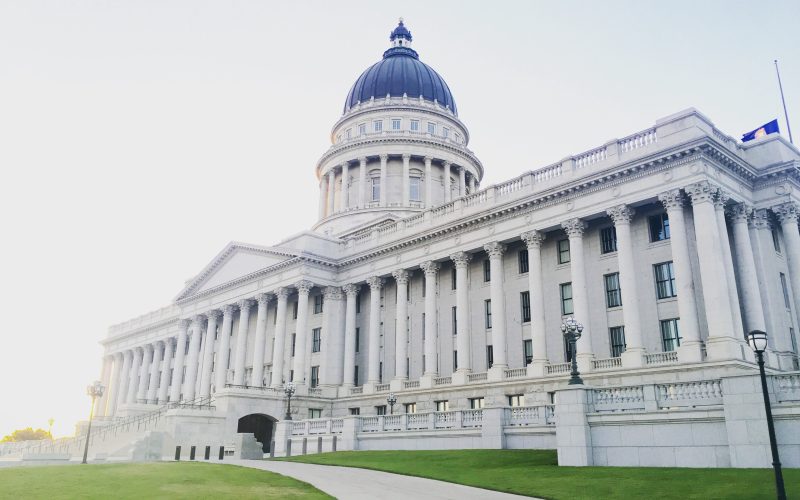Introduction: In recent years, the world has witnessed an alarming increase in the frequency and intensity of natural disasters. Hurricanes, floods, wildfires, and earthquakes have ravaged communities, leaving a trail of destruction and loss in their wake. As the devastating impacts of these events continue to unfold, the need to disaster-proof communities becomes increasingly urgent. This article aims to explore the role of government programs and partnerships in fortifying communities against such calamities.
- The Importance of Disaster-Proofing: Disasters not only result in loss of life and property, but they also disrupt economies, strain resources, and cause long-term psychological trauma. Disaster-proofing communities involves implementing proactive measures to minimize vulnerability and enhance resilience. By investing in preventive strategies, governments can save lives, reduce economic burdens, and foster sustainable development.
- Government Programs: Government agencies play a crucial role in disaster-proofing communities by providing necessary infrastructure, resources, and expertise. National disaster management agencies, such as FEMA in the United States, develop comprehensive strategies and action plans to mitigate risks and respond effectively in times of crisis. These programs focus on early warning systems, emergency preparedness, evacuation procedures, and post-disaster recovery initiatives.
- Funding and Resource Allocation: One of the main challenges faced by governments is securing adequate funding for disaster-proofing programs. It requires a delicate balance between allocating funds for immediate response efforts and investing in long-term resilience measures. Governments often collaborate with international organizations and financial institutions to access grants, loans, and technical assistance, ensuring that communities have the necessary resources to withstand and recover from disasters.
- Community Engagement and Partnerships: Disaster-proofing is a collective endeavor that involves active participation from local communities. Government programs foster partnerships with community organizations, non-governmental entities, academia, and private sector stakeholders to ensure comprehensive planning, effective communication, and coordinated responses. Such collaborations enable the exchange of knowledge, innovation, and best practices, enhancing the overall resilience of communities.
- Education and Awareness: Effective disaster-proofing requires an informed and prepared population. Government programs invest in public education campaigns, workshops, and training sessions to enhance community awareness about potential hazards, disaster response protocols, and individual responsibilities. By empowering citizens with knowledge, governments enable them to make informed decisions, reducing their vulnerability and enhancing their capacity to cope with emergencies.
Conclusion: Disaster-proofing communities is a complex and multifaceted endeavor that requires the collective efforts of governments, communities, and various stakeholders. Through proactive measures, adequate funding, community engagement, and educational initiatives, governments can bolster community resilience and minimize the devastating impacts of natural disasters. By prioritizing disaster-proofing, societies can build a safer, more sustainable future for generations to come.
Remember, this article serves as a starting point. It can be further enriched with real-life examples, interviews with experts, and case studies that highlight successful government programs and partnerships in disaster-proofing communities.










